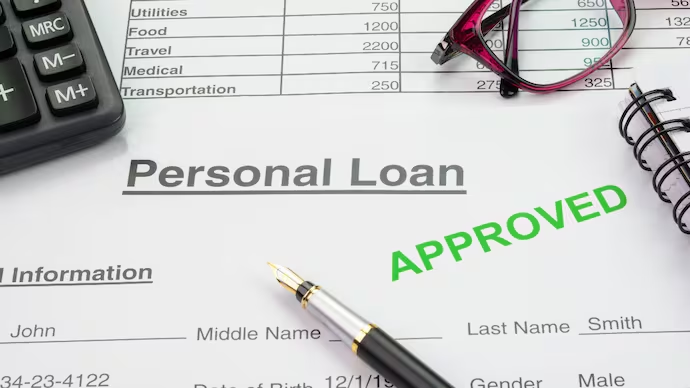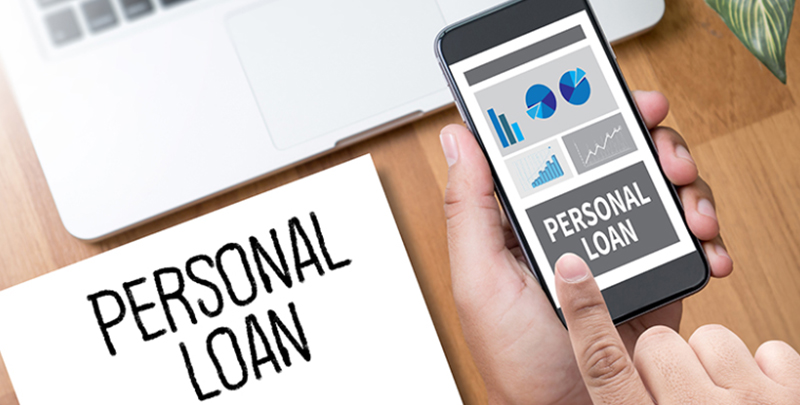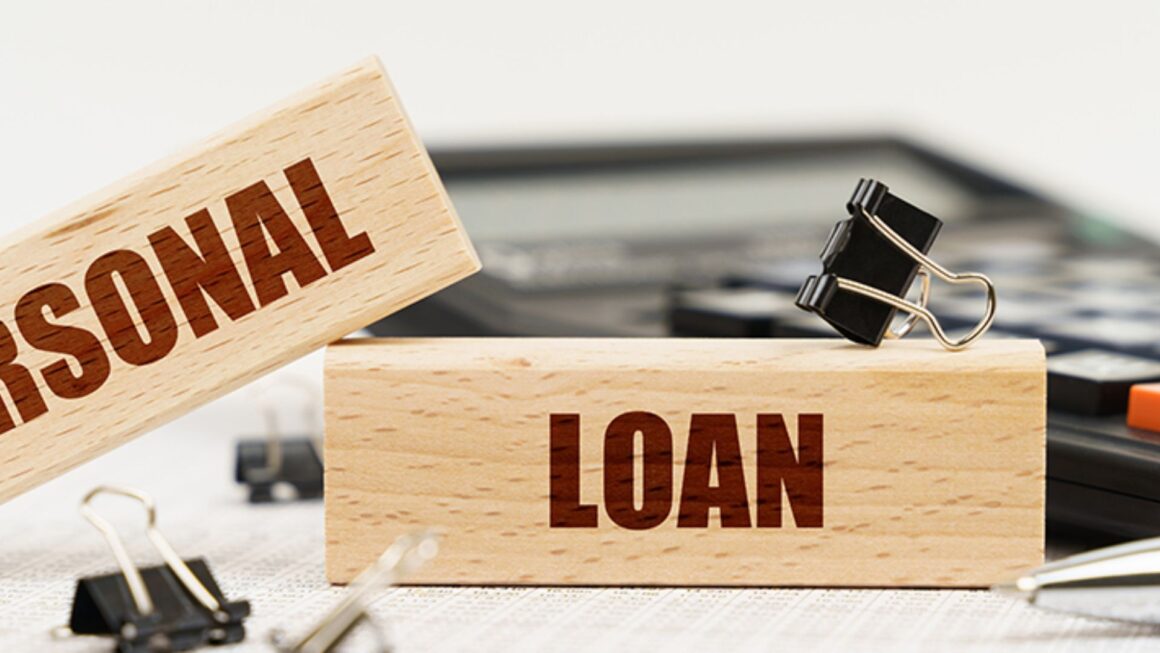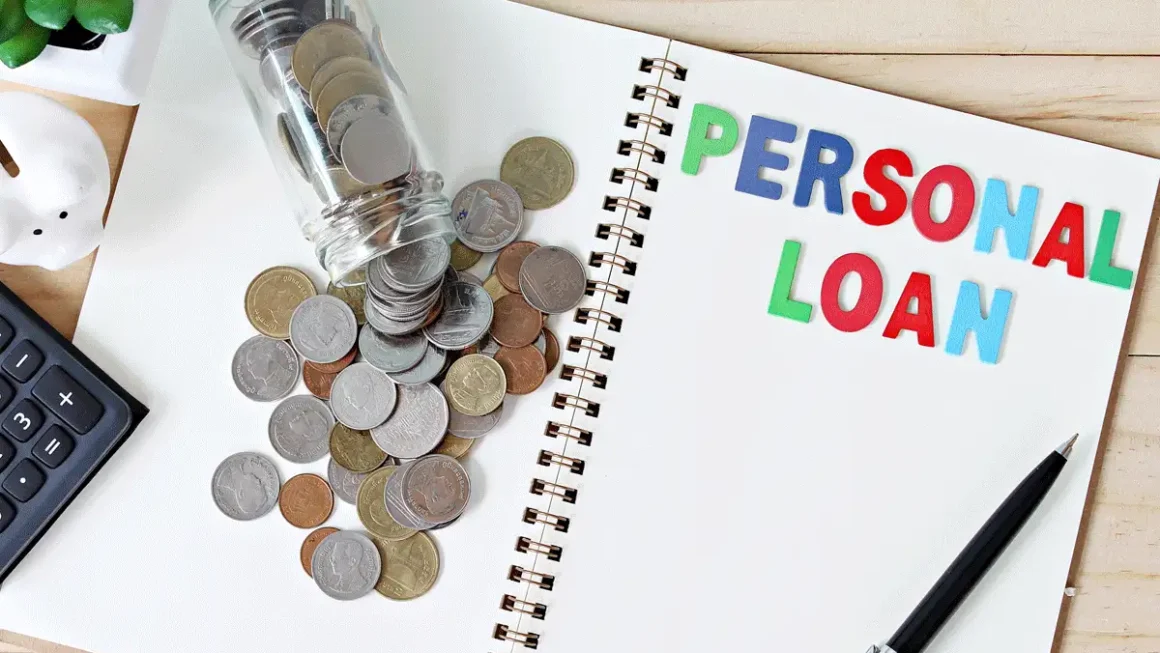Personal loans have become a popular financial tool for managing expenses like debt consolidation, home improvement, medical bills, or unexpected emergencies. However, one of the most crucial factors that borrowers consider before applying for a personal loan is the interest rate. Lower personal loan rates mean you pay less money over the life of your loan, making the borrowing experience more affordable and manageable.
In this article, we will explore how you can secure the lowest personal loan rates today by understanding what affects these rates, how to improve your eligibility, where to find the best offers, and tips to negotiate the best terms.
Understanding Personal Loan Rates
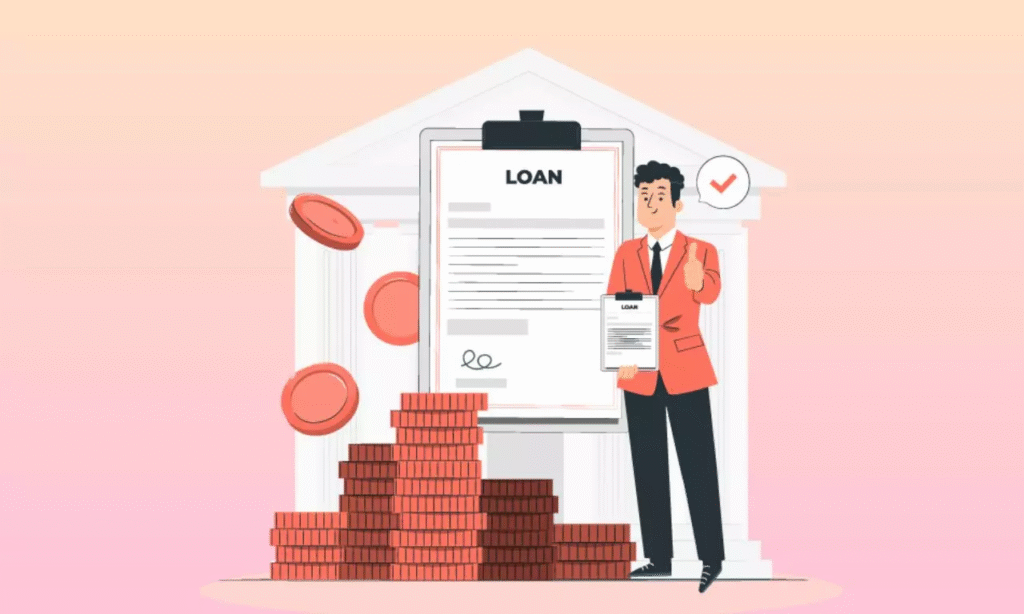
Before diving into strategies to lower your rates, it’s essential to understand what personal loan rates are and how they work.
What Are Personal Loan Rates?
The personal loan rate, often expressed as an Annual Percentage Rate (APR), represents the cost of borrowing money over a year. It includes the interest rate and any fees or additional costs associated with the loan. APR gives you a more complete picture of how much a loan will cost annually.
Types of Interest Rates
- Fixed Interest Rates: The rate stays the same throughout the loan term, providing predictable monthly payments.
- Variable Interest Rates: The rate can fluctuate based on market conditions, potentially making payments change over time.
Most personal loans come with fixed rates, but understanding both types can help you decide which suits your financial situation best.
Factors That Influence Personal Loan Rates
Several factors lenders consider when deciding your loan rate include:
- Credit Score: The higher your credit score, the better rate you typically qualify for.
- Income and Employment Stability: Lenders want assurance you can repay the loan.
- Debt-to-Income Ratio (DTI): A lower DTI indicates better ability to repay.
- Loan Amount and Term: Larger loans or longer terms might attract higher rates.
- Lender Type: Banks, credit unions, and online lenders may offer varying rates.
How to Get the Lowest Personal Loan Rates Today
1. Improve Your Credit Score
Your credit score is arguably the most influential factor affecting your personal loan rate. Higher scores typically mean lower interest rates because you pose less risk to lenders.
Tips to Boost Your Credit Score:
- Pay bills on time: Payment history accounts for 35% of your score.
- Reduce credit card balances: Aim for utilization below 30%.
- Avoid opening multiple new accounts quickly: This can lower your average account age.
- Check your credit report for errors: Dispute inaccuracies that could hurt your score.
Even a small improvement in your credit score can significantly lower your loan rate.
2. Shop Around and Compare Offers
Don’t settle for the first loan offer you receive. Different lenders have different underwriting criteria and may offer vastly different rates for the same borrower.
Where to Look for Personal Loan Rates:
- Banks: Traditional institutions often have strict criteria but competitive rates for good credit.
- Credit Unions: These nonprofit organizations typically offer lower rates to members.
- Online Lenders: They can offer quick approvals and competitive rates, especially for those with excellent credit.
- Peer-to-Peer Lending Platforms: Sometimes provide lower rates depending on your creditworthiness.
Use online comparison tools to quickly evaluate offers side by side.
3. Consider a Co-Signer
If your credit isn’t stellar, having a co-signer with strong credit can help you qualify for a lower interest rate. The co-signer agrees to repay the loan if you default, reducing the lender’s risk.
Note: This option requires trust and clear communication since missed payments affect both parties’ credit.
4. Opt for a Shorter Loan Term
Loans with shorter terms generally have lower interest rates compared to longer terms. While monthly payments may be higher, you pay less interest overall.
Example: A 24-month loan at 8% APR costs less in total interest than a 60-month loan at 10% APR.
5. Improve Your Debt-to-Income Ratio
DTI is a measure of your monthly debt payments against your gross monthly income. A lower ratio signals to lenders that you can comfortably afford additional debt.
How to Lower Your DTI:
- Pay down existing debt before applying.
- Increase your income, if possible.
- Avoid taking on new debt right before applying.
6. Avoid Applying for Multiple Loans Simultaneously
Each loan application triggers a hard inquiry on your credit report, which can temporarily lower your credit score. Multiple inquiries within a short time frame may raise red flags to lenders.
If you want to compare rates, try to do so within a short window (typically 14-45 days) so multiple inquiries count as one.
7. Negotiate with Your Lender
Don’t hesitate to ask lenders if they can offer you a better rate, especially if you have good credit or competing offers. Sometimes they can waive fees or reduce the interest rate to win your business.
8. Use a Personal Loan Calculator
When hunting for the lowest personal loan rates, one of the smartest tools at your disposal is a personal loan calculator. This online tool helps you estimate your monthly payments, total interest costs, and overall loan affordability before you commit to any lender.
What Is a Personal Loan Calculator?
A personal loan calculator is a simple, interactive tool where you input key details such as:
- Loan amount
- Interest rate (APR)
- Loan term (in months or years)
The calculator then instantly provides:
- Estimated monthly payment
- Total interest paid over the life of the loan
- Total repayment amount (principal + interest)
This helps you visualize the real cost of a loan offer.
Why Should You Use a Personal Loan Calculator?
- Compare Loan Offers Easily
When you receive multiple loan quotes with varying rates and terms, a calculator helps you put them side by side. This makes it easier to spot the best deal, not just the lowest rate, but also the lowest total cost. - Plan Your Budget
Understanding how much you’ll owe monthly allows you to ensure the payments fit comfortably into your budget. This prevents over-borrowing and reduces the risk of default. - Evaluate Different Loan Terms
You can experiment by adjusting the loan term to see how it impacts your monthly payments and total interest paid. For example, extending the loan term reduces monthly payments but increases total interest, and vice versa. - Avoid Surprises
Many borrowers only focus on the monthly payment and overlook total costs. Using a calculator provides transparency, helping you understand the full financial commitment.
How to Use a Personal Loan Calculator Effectively
- Input Accurate Information: Use the loan amount you actually need, and interest rates provided by lenders.
- Try Multiple Scenarios: Test different interest rates and loan durations to find what works best for you.
- Include Fees (If Possible): Some calculators let you add origination fees or other charges, offering a clearer picture.
- Revisit Before Finalizing: After you choose a loan, run the numbers again to confirm payments and total costs.
Where to Find Reliable Personal Loan Calculators
- Bank and Credit Union Websites: Many financial institutions offer loan calculators tailored to their loan products.
- Online Financial Tools Sites: Websites like NerdWallet, Bankrate, or Credit Karma provide easy-to-use calculators.
- Loan Marketplace Platforms: If using loan comparison platforms, they often include built-in calculators during the shopping process.
Additional Benefits of Using a Loan Calculator
- Helps Negotiate Better Terms: When you understand what different rates and terms cost, you’re better prepared to negotiate or shop for improved offers.
- Builds Financial Literacy: Using these tools regularly improves your understanding of loan mechanics and interest impacts.
- Avoids Overborrowing: By seeing realistic payment scenarios, you can avoid borrowing more than you can afford.
Example Scenario
Suppose you want to borrow $10,000. Using a personal loan calculator, you compare:
- Loan A: 8% APR for 36 months → Monthly payment: approx. $313, total interest: $268
- Loan B: 10% APR for 48 months → Monthly payment: approx. $253, total interest: $1,132
While Loan B offers a lower monthly payment, it costs significantly more in interest overall. This insight can help you decide which option fits your financial goals better.
9. Avoid Payday or High-Interest Loans
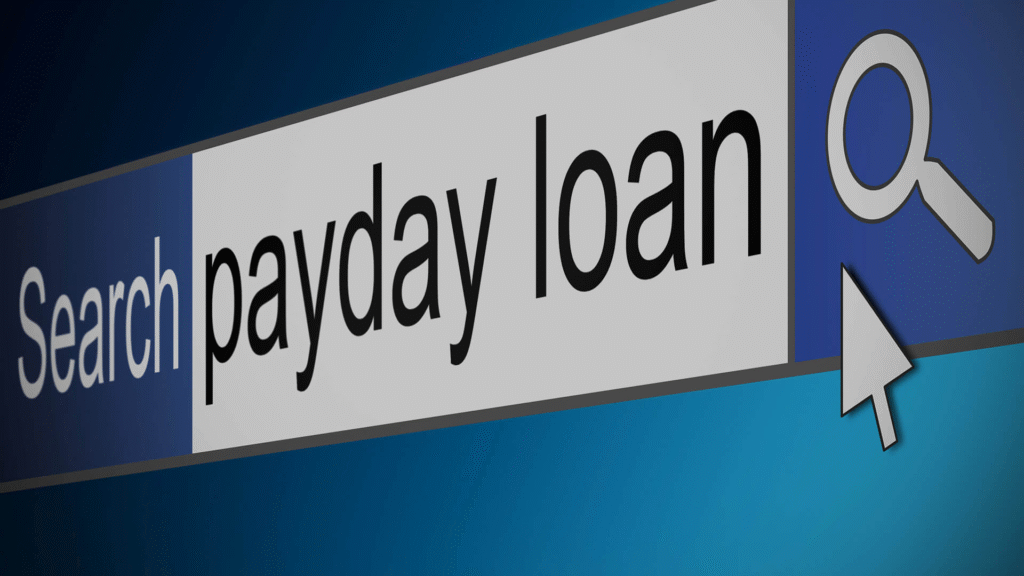
When searching for the lowest personal loan rates, it’s critical to understand the dangers associated with payday loans and other high-interest loan products. While these loans might seem like convenient and fast solutions, especially in emergencies, they often come with steep costs and risks that can lead to financial trouble.
What Are Payday Loans?
Payday loans are short-term, small-dollar loans designed to be repaid by your next paycheck. They are typically marketed as quick fixes for urgent cash needs without the need for credit checks.
Typical loan amounts: Usually $100 to $1,000
Loan term: Generally 2 to 4 weeks
Repayment: Full loan amount plus fees and interest in one lump sum
Why Are Payday Loans Risky?
Extremely High Interest Rates and Fees
Payday loans carry some of the highest Annual Percentage Rates (APRs) in the lending industry — often ranging from 300% to over 600%. What looks like a small fee on a $300 loan can balloon into hundreds of dollars in interest and fees if you can’t repay on time.
Short Repayment Terms Can Trap Borrowers
Because repayment is due quickly, many borrowers struggle to pay off payday loans by the due date. This often leads to rolling over or renewing loans, which compounds fees and debt.
Cycle of Debt
Borrowers frequently take out multiple payday loans to cover previous loans or other expenses. This cycle of borrowing can result in an unmanageable debt load and worsening financial stress.
Impact on Credit and Financial Health
Although payday lenders may not report directly to credit bureaus, failing to repay can lead to collections, which will damage your credit score. Additionally, the financial strain can affect your ability to meet other obligations.
Alternatives to Payday Loans
If you need quick cash but want to avoid the pitfalls of payday loans, consider these safer options:
Personal Loans from Banks or Credit Unions: Even if you need a small amount, these loans offer much lower interest rates and longer repayment terms.
Credit Card Cash Advances: While these can have high interest, rates are usually lower than payday loans, and some cards offer introductory 0% APR periods.
Borrow from Friends or Family: If feasible, borrowing from trusted acquaintances can save you from high fees.
Employer Payday Advances: Some employers offer paycheck advances with little or no fees.
Emergency Assistance Programs: Local nonprofits and government agencies sometimes provide emergency funds or grants.
How to Avoid High-Interest Loan Traps
Read all terms carefully: Payday loan agreements often contain hidden fees or conditions that escalate costs.
Understand the total cost: Calculate the APR and total repayment amount before agreeing.
Check your state’s regulations: Many states cap payday loan interest rates or ban them altogether. Know your rights.
Seek credit counseling: Professional advice can help you find alternatives and create a financial plan.These loans may seem like quick solutions but come with extremely high rates and fees. Instead, focus on reputable lenders with transparent terms.
Also Read :-How Can You Apply for a Personal Loan Online Quickly and Safely?
FAQs About Getting the Lowest Personal Loan Rates
1. How does my credit score affect personal loan rates?
Your credit score is a key factor lenders use to determine risk. A higher score means you’re less risky, leading to lower interest rates.
2. Can I get a personal loan with bad credit?
Yes, but interest rates are usually higher. Improving your credit or finding a co-signer can help you get better rates.
3. Are online personal loans safer or riskier than bank loans?
Reputable online lenders are as safe as banks but always verify their legitimacy before applying.
4. Does the loan amount impact the interest rate?
Sometimes. Larger loan amounts can have higher rates or stricter requirements, but this varies by lender.
5. How long does it take to improve my credit score?
It varies; some improvements can be seen within a few months, but substantial changes may take 6-12 months.
6. Should I pay off my current debts before applying for a loan?
Reducing your debt can lower your debt-to-income ratio and improve your chances of better rates.
7. Is it better to have a fixed or variable interest rate?
Fixed rates provide stable payments, while variable rates can start lower but may increase. Choose based on your risk tolerance.
Conclusion
Getting the lowest personal loan rates today requires a combination of good financial habits, smart shopping, and understanding lender requirements. By improving your credit score, comparing multiple offers, considering co-signers, and carefully managing your debt, you can significantly reduce the cost of borrowing.
Remember, a lower interest rate means paying less over time, freeing up your finances for other priorities. Taking the time to research and prepare can save you hundreds or thousands of dollars throughout your loan term.
Key Takeaways
- Credit score is crucial: Improve it before applying.
- Shop around: Compare rates from banks, credit unions, and online lenders.
- Consider co-signers: They can lower your rate if your credit is weak.
- Choose shorter loan terms: They usually come with lower interest rates.
- Lower your debt-to-income ratio: Pay off debts to improve loan eligibility.
- Avoid multiple inquiries: Keep loan applications within a short time window.
- Negotiate: Don’t hesitate to ask lenders for better terms.
